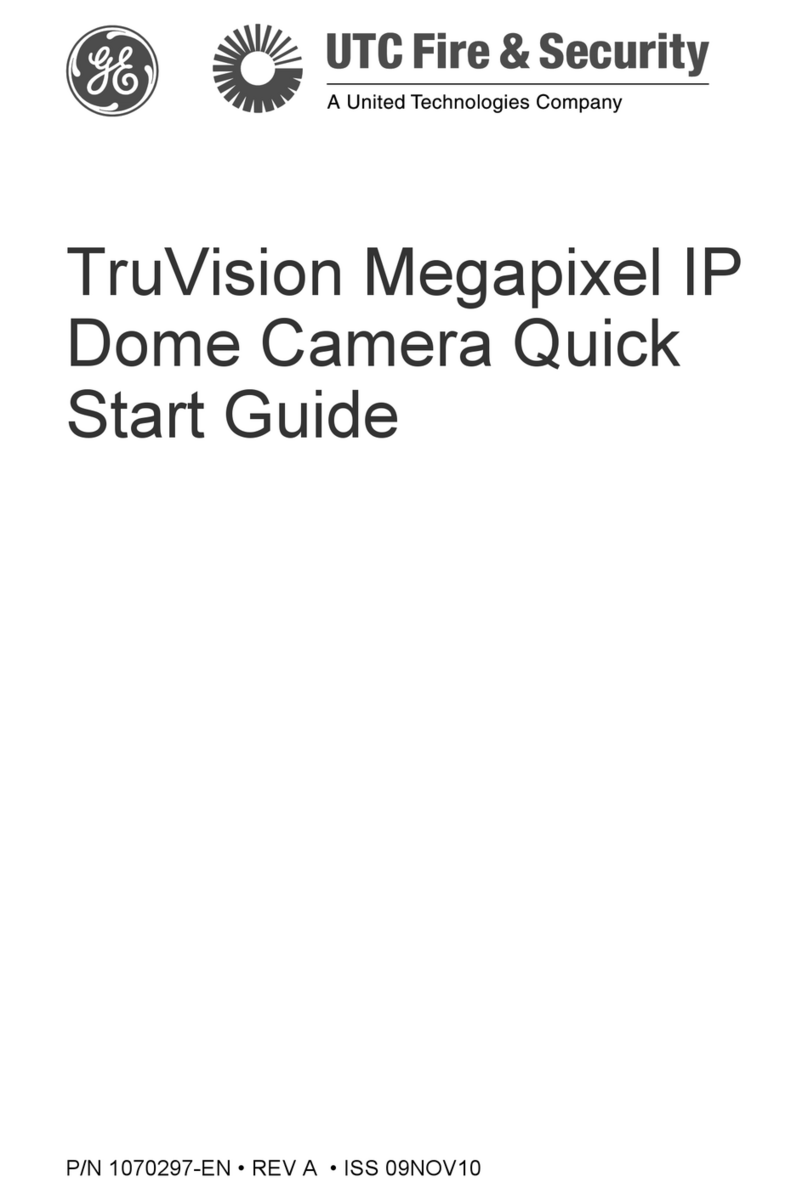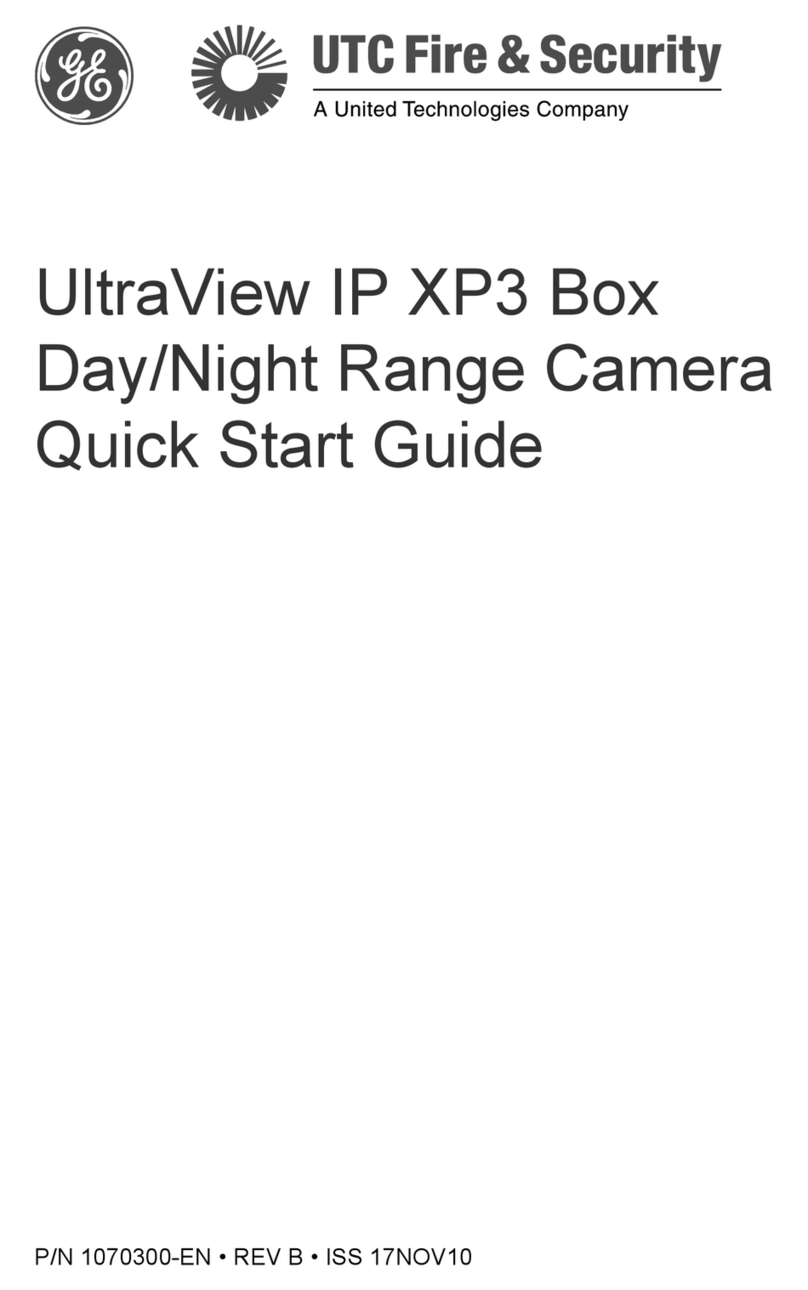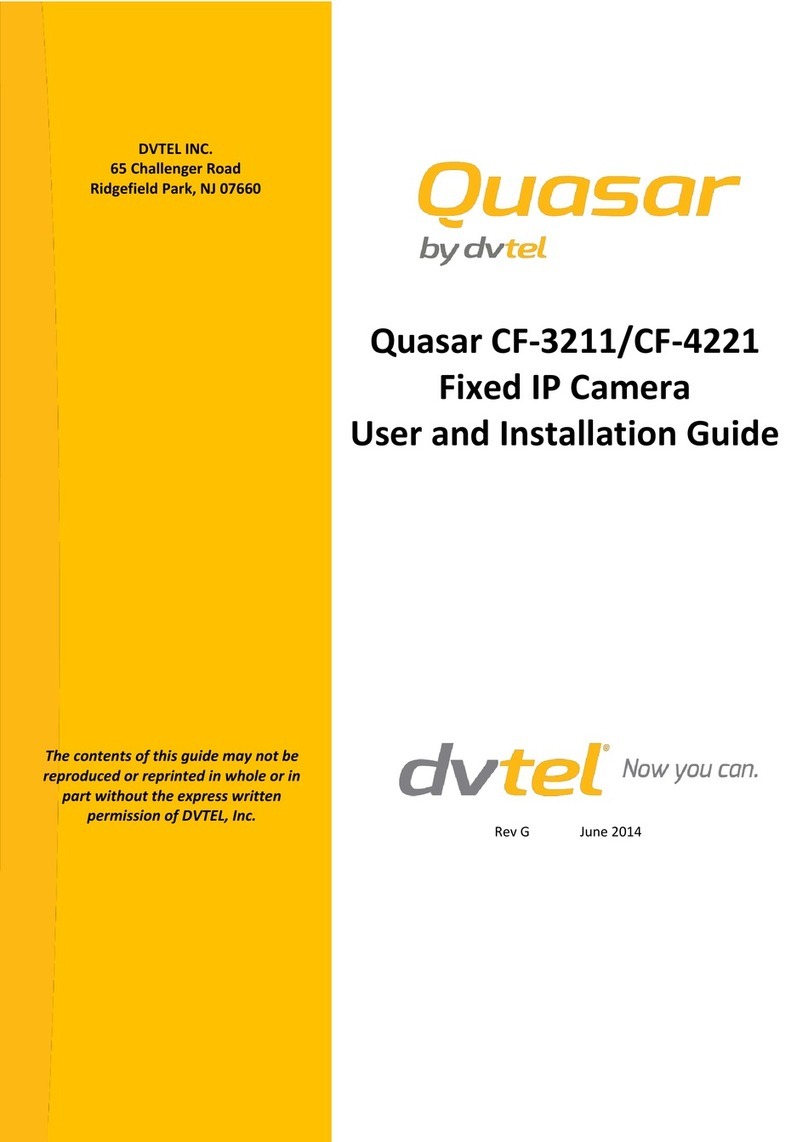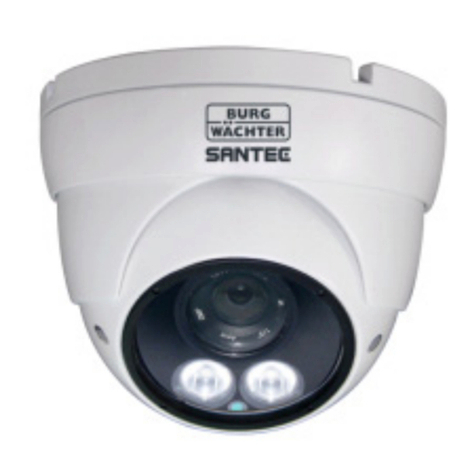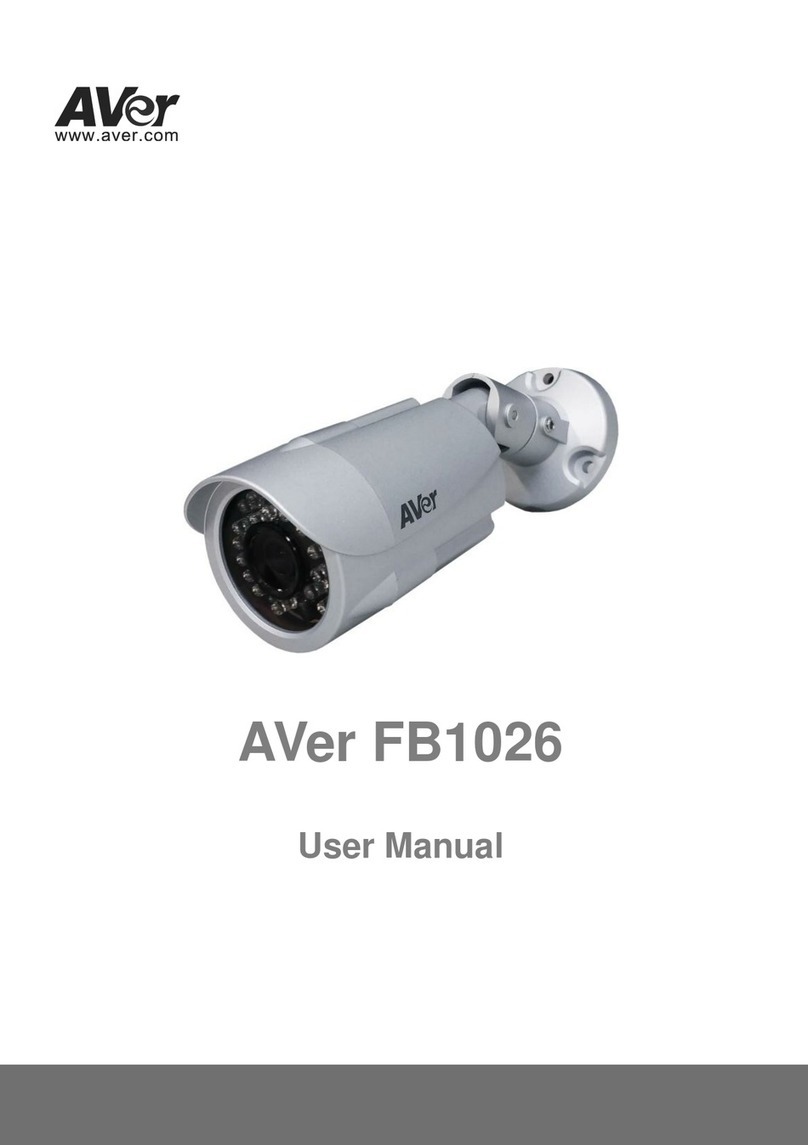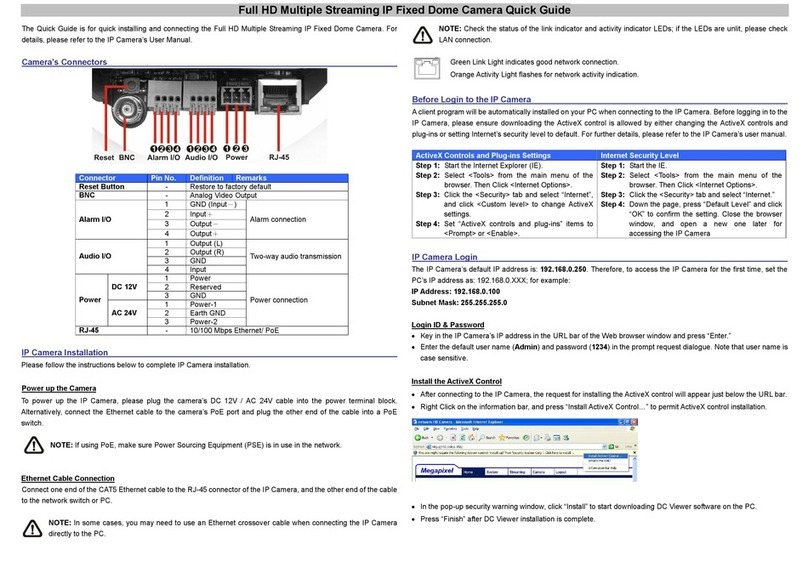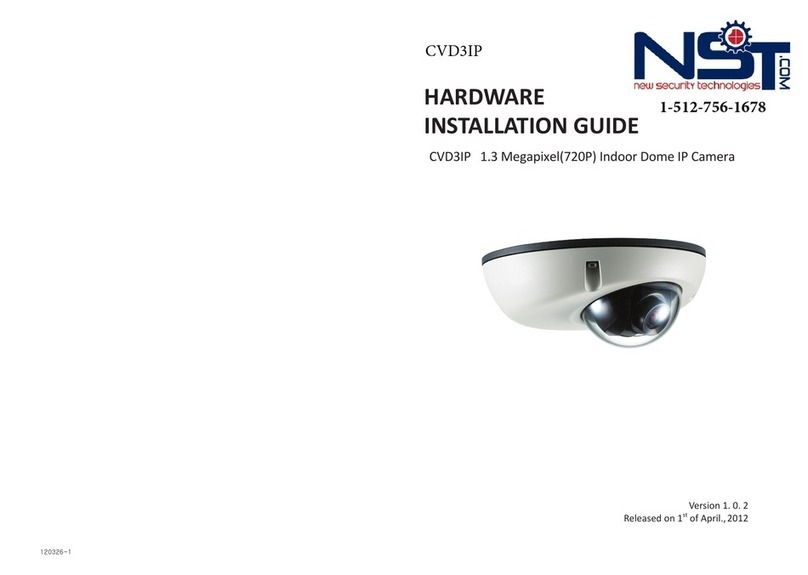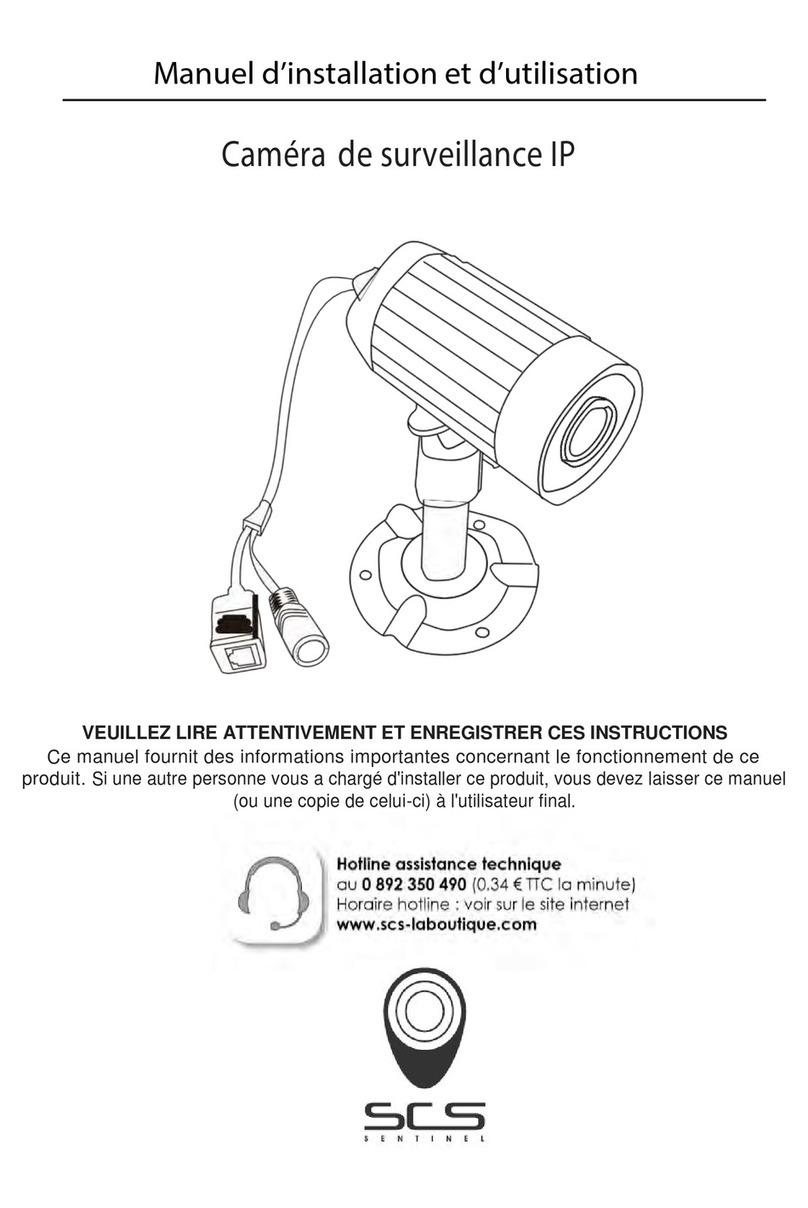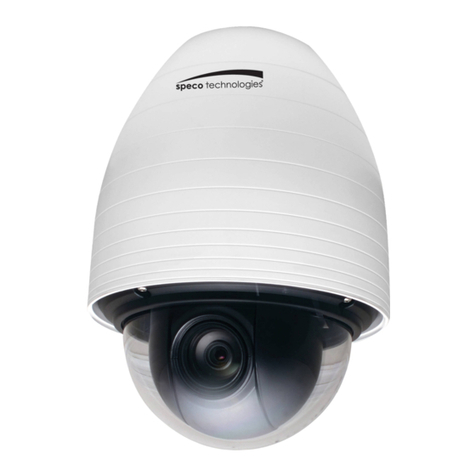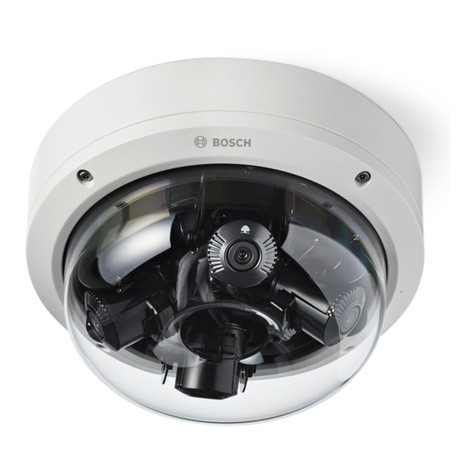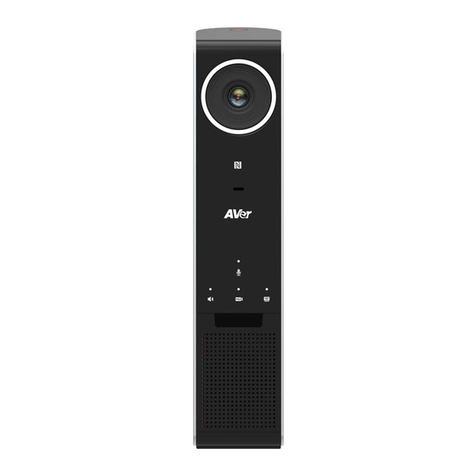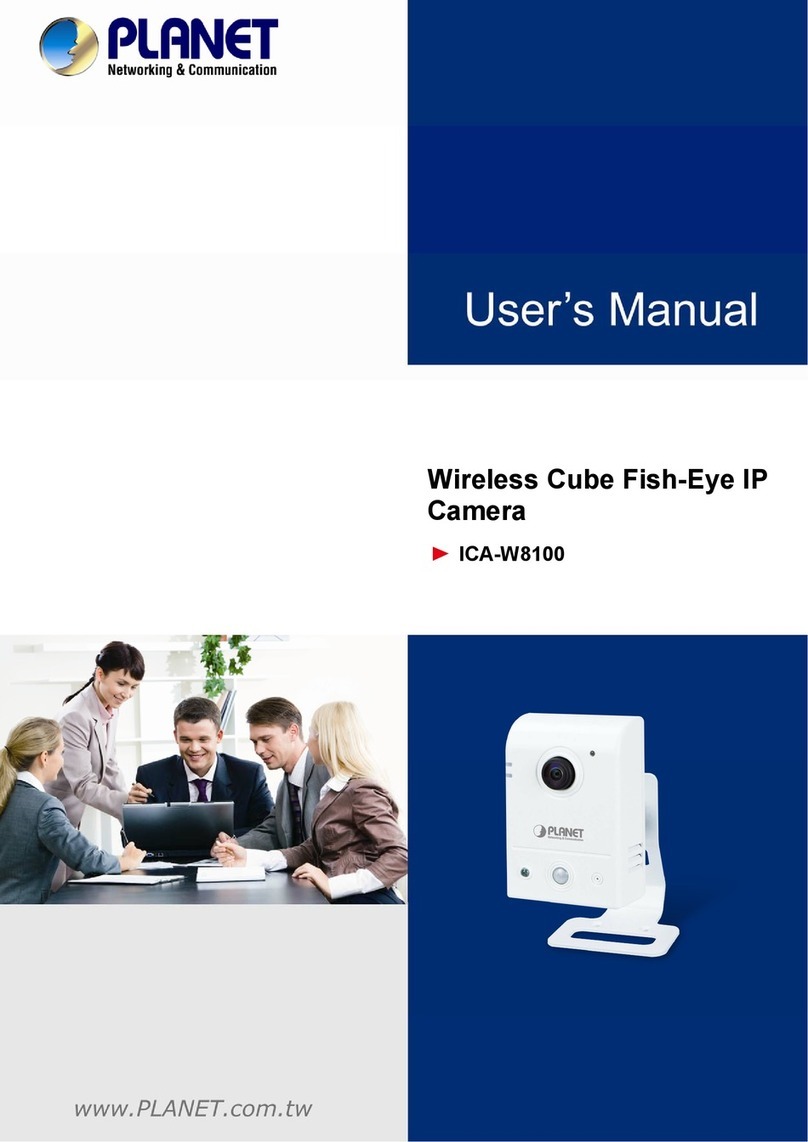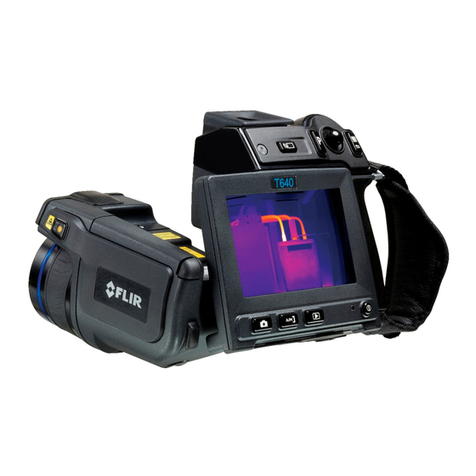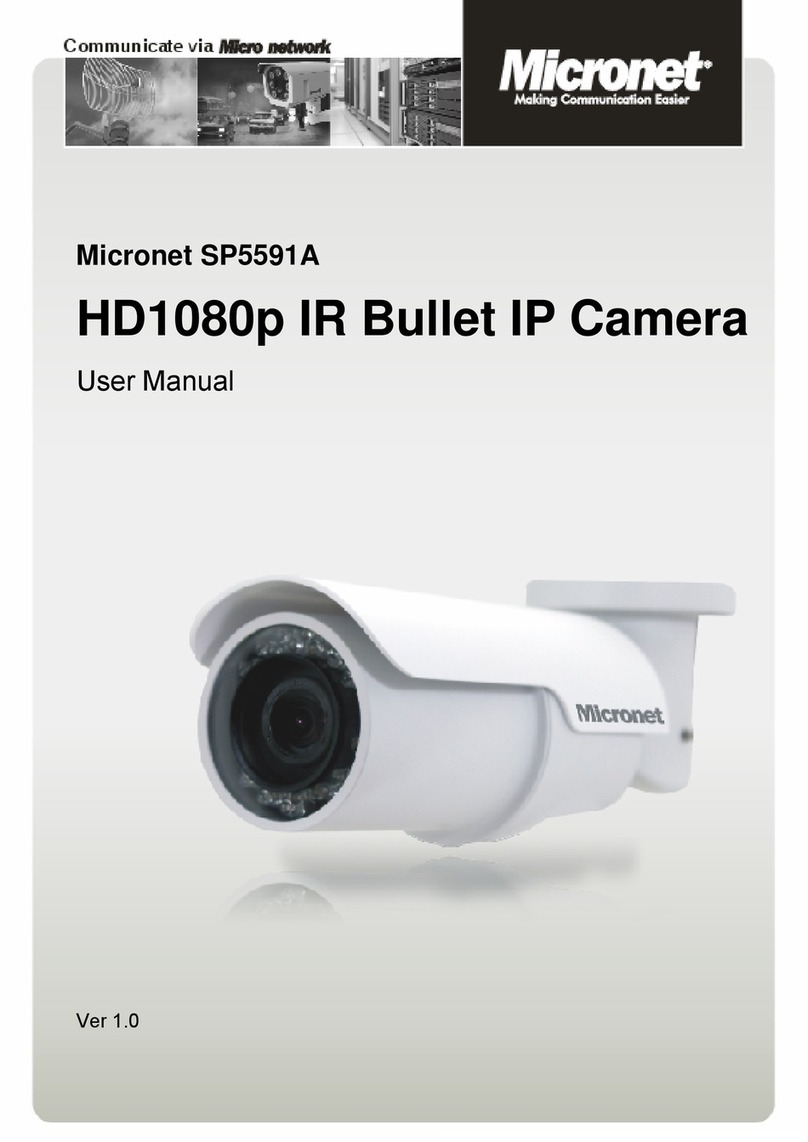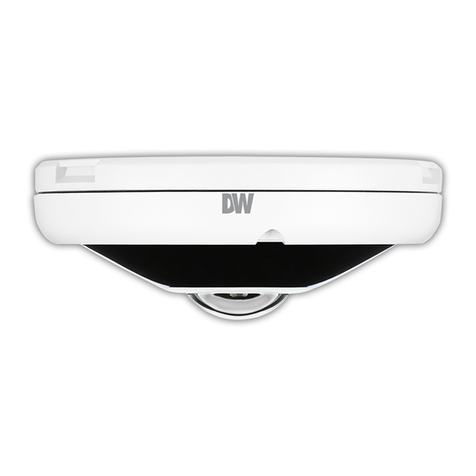UTC Fire and Security Det-Tronics xWatch Explosion-Proof Camera Installation and operating instructions

2.2 95-860312.2 ©Detector Electronics Corporation 2009 5/09 95-8603
ADDENDUM
xWatch®Explosion-Proof Camera
with X-Series Flame Detectors
Description
The xWatch®Explosion-Proof Camera is available as a
factory installed option with any of the Det-Tronics X-Series
line of flame detectors. With this arrangement, the camera
and detector share the same field of view. This option is
available with X3301 and X3302 Multispectrum IR, X5200
UVIR, X2200 UV and X9800 IR Detectors.
The xWatch Surveillance Camera produces a high
resolution color video picture using a camera module
that is mounted inside an explosion-proof NEMA 4X rated
housing. The device’s explosion-proof rating makes it
suitable for Class I, Div. 1, Groups B, C and D locations.
In the event of a fire or gas alarm, the operator can
immediately view the monitored area to determine whether
personnel are present and safe. An accurate evaluation
of the hazard’s size, nature, location and severity can be
determined quickly and safely.
The use of a digital video recorder (DVR) to capture the
event provides a permanent record for future analysis of
what occured.
general application
information
The xWatch has a balanced differential video output for
driving a long distance twisted pair signal to a remote
site for monitoring and/or recording. The video output
format can be either NTSC (National Television Systems
Committee) or PAL (Phase Alternating Line).
The xWatch video driver is designed for use with twisted
pair cable of 100 ohm impedance. The best video
performance in terms of distance, video quality, and cost
is attained using 22 AWG to 16 AWG, twisted pair cable
of 100 ohm impedance. The monitor end must terminate
the video cable with 100 ohms. Since most monitors
have a built-in termination resistor of 75 ohms instead
of 100 ohms, a balun or other matching network (video
converter) must be used.
A variety of matrix control systems or DVRs can be suitable
for viewing or recording the video signal, depending
on the requirements of the individual application. The
detector’s auxiliary relay contacts are typically used to
signal the video system of an alarm event.
Refer to Figure 1 for a schematic of a typical system.

2.2 95-86032
specifications
OPERATING TEMPERATURE—
–20°C to +70°C
HAZARDOUS LOCATION RATING—
–40°C to +75°C
(–55°C to +75°C CSA)
STORAGE TEMPERATURE—
–30°C to +80°C
RELATIVE HUMIDITY—
5 to 95%, non-condensing
INGRESS PROTECTION—
NEMA/Type 4X
SENSOR—
Color low light CCD
RESOLUTION—
NTSC: 768 by 494 pixels, 570 lines of resolution
PAL: 752 by 582 pixels, 570 lines of resolution
VIDEO OUTPUT—
NTSC or PAL two wire twisted pair
SHUTTER—
Electronic shutter, 1/60 – 1/100,000 second
OPERATING VOLTAGE—
24 Vdc nominal, 18 to 30 Vdc
POWER CONSUMPTION—
2.8 watts (Camera only)
FIELD OF VIEW—
90 degrees
USER INTERFACE—
Conventional off-the-shelf video switchers and
controllers can be used for the interface.
HOUSING MATERIAL—
Aluminum or 316 Stainless Steel
SHIPPING WEIGHT (Camera/Detector Combination)—
Aluminum: 7 pounds (3.2 kg)
Stainless Steel: 12 pounds (5.5 kg)
DIMENSIONS
See Figures 2-3
CERTIFICATIONS—
FM/CSA: Class I, Div. 1, Groups B, C and D (T5).
Class II/III, Div. 1, Groups E, F, and G (T5).
NEMA/Type 4X.
ATEX: 0539
FM
®
II 2 G
(Pending)
PERFORMANCE AND
POWER CONSUMPTION (Detector only)—
Refer to Instruction Manual for specific detector model:
Detector Instruction Manual
X3301 95-8527
X3302 95-8576
X5200 95-8546
X2200 95-8549
X9800 95-8554
LON
RELAY
DIFFERENTIAL VIDEO SIGNAL
B2367
DVR
EQP
Figure 1—Schematic of a Typical System

2.2 95-86033
Figure 2—Dimensions of xWatch with X-Series Flame Detector in Inches (Centimeters)
A2476
4.8
(12.1)
10.0
(25.4)
8.3
(21.0)
1
1NOTE: DETECTOR SHOWN WITH WINDOW COVER.
REMOVE THE WINDOW COVER BEFORE
OPERATING THE SYSTEM.

2.2 95-86034
Figure 3—Dimensions of xWatch with X-Series Flame Detector with Swivel in Inches (Centimeters)
14.2
(36.0)
13.9
(35.3)
4.8
(12.1)
A2477
1
1NOTE: DETECTOR SHOWN WITH WINDOW COVER.
REMOVE THE WINDOW COVER BEFORE
OPERATING THE SYSTEM.

2.2 95-86035
installation
CAUTION
Installation and wiring of the flame detection
system should be performed only by qualified
personnel. Refer to the ame detector instruction
manual for general installation instructions.
VIDEO CABLE CONSIDERATIONS
Proper video cable will ensure that the best quality video
is displayed on a remote monitor. Because composite
video frequencies span the range of 25 Hz to 6 MHz,
most cables will display transmission line characteristics.
Ensure that the same cable type (impedance) is used
throughout the entire length. For example, do not mix
twisted pair cable and coaxial cable without using a
balun for matching. In addition, the monitor end must
be properly terminated. Failure to properly implement
the video cabling system may result in smearing (loss of
detail) and/or loss of color and/or loss of picture sync.
The xWatch employs a balanced differential video
driver designed to drive twisted pair cable of 100 ohm
impedance. The best video performance in terms of
distance, video quality, and cost is attained using a 22
AWG to 16 AWG unshielded twisted pair cable of 100
ohm impedance. The wiring can be Category 2 or better,
stranded or solid.
The monitor end must terminate the video cable with 100
ohms. Most monitors have a built in termination resistor.
If the monitor uses 75 ohms instead of 100, a balun or
other matching network must be used.
Coax such as RG-59 or RG-6 may be used, but be sure to
use proper matching and termination devices. There are
manufacturers who support driving many types of cable
systems using active transceivers that compensate for
cable losses.
Galvanic isolation of the video may also be necessary
to avoid horizontal bars caused by line frequency
interference. This may be accomplished using isolating
active transceiving systems or passive video isolation
transformers/baluns. Specify a baseband video isolation
system with a frequency response of at least 25 Hz to 6
MHz. Small cable TV transformers will generally not work
as their frequency response is not low enough.
WIRING PROCEDURE
CAUTION
Power must not be applied to the device while the
housing is open.
ATTeNTION
Observe precautions for handling electrostatic
sensitive devices.
With the housing cover removed, wire the flame1.
detector as shown in the detector manual.
Connect the external wiring for the xWatch to the2.
appropriate screw connectors on the terminal block.
See Figures 4 and 5.
ImpOrTANT
Do not test any wiring connected to the xWatch
with a meg-ohmmeter. Disconnect wiring at
the camera before checking system wiring for
continuity.
Complete installation and commissioning of the3.
system as described in the detector instruction
manual.
9
8
7
6
5
4
3
2
1
19
18
17
16
15
14
13
12
11
4-20 mA + 4-20 mA –
4-20 mA + REF
4-20 mA – REF
COM FIRE COM FIRE
N.O. FIRE N.O. FIRE
N.C. FIRE N.C. FIRE
COM FAULT
COM FAULT
N.O. FAULT
N.O. FAULT
24 VDC + 24 VDC +
24 VDC – 24 VDC –
24 VDC –
29
28
27
26
25
24
23
22
21
VIDEO +
VIDEO –
COM AUX
N.O. AUX
N.C. AUX
RS-485 A
RS-485 B
MAN Oi
A2386
Figure 4—Terminal Wiring Block for Standard Flame Detectors
A2387
COM 2 B
24 VDC –
VIDEO +
VIDEO –
24 VDC +
POWER SHIELD
COM SHIELD
COM 2 A
COM 1 B
24 VDC –
24 VDC +
POWER SHIELD
COM SHIELD
COM 1 A
14
13
15
16
17
18
11
12
2
1
3
4
5
6
Figure 5—Terminal Wiring Block for EQP Models

2.2 95-86036
LEVELING THE CAMERA
If the image on the monitor does not appear to be level,
this can be corrected by rotating the camera module.
Remove the housing cover from the xWatch.1.
Loosen the setscrew on the side of the xWatch2.
module. See Figure 6.
Align the two notches on the face of the module so3.
that they are level with the horizon or until the image
on the monitor looks level.
When proper orientation has been achieved, carefully4.
tighten the setscrew. Do not overtighten.
troUBlesHooting
The xWatch camera is not designed to be repaired in the
field. If it is determined that the problem is caused by
an electronic defect, the device must be returned to the
factory for repair.
REPLACING THE XWATCH CAMERA MODULE
CAUTION
Power must not be applied to the device while
opening the housing or while plugging in or
removing the module.
Disassemble the enclosure by turning the housing1.
cover counterclockwise. See Figure 7 for an
illustration of the xWatch assembly.
Remove the existing camera module from the2.
xWatch.
Using the index pin as a guide, install the new xWatch3.
camera module on the terminal block.
Re-assemble the device housing.4.
Clean the camera lens if required.5.
A2384
LOOSEN SETSCREW
USING 5/64 INCH ALLEN WRENCH
TURN RING TO ALIGN THE TWO NOTCHES
LEVEL WITH HORIZON OR UNTIL IMAGE IS LEVEL
Figure 6—xWatch Camera Module
TERMINAL BLOCK
INDEX PIN
HOUSING COVER
CAMERA MODULE
A2385
QUICK CONNECT PLUG (4)
Figure 7—Exploded View of xWatch

2.2 95-86037
maintenance
CLEANING
The xWatch camera requires no periodic calibration or
servicing. However, the camera lens should be cleaned
on a regular basis.
Clean the camera lens using a clean cloth or tissue
and Det-Tronics window cleaning solution (part number
001680-001). If a stronger solution is needed, isopropyl
alcohol may be used.
replacement parts
Part Number Description
009448-003 Model DE2020N –
Replacement Camera Module, NTSC
009448-004 Model DE2020P –
Replacement Camera Module, PAL
107427-004 Rubber O-rings (order 1 per device)
001680-001 Window cleaner squeeze bottle
(package of six bottles)
005003-001 Silicone-free grease

Detector Electronics Corporation
6901 West 110th Street • Minneapolis, Minnesota 55438 USA
Operator: (952) 941-5665 or (800) 765-FIRE
Customer Service: (952) 946-6491 • Fax (952) 829-8750
http://www.det-tronics.com • E-mail: det-tronics@det-tronics.com
Specications subject to change without notice.
Det-Tronics, the DET-TRONICS logo, and xWatch are registered trademarks
or trademarks of Detector Electronics Corporation in the United States, other
countries, or both. Other company, product, or service names may be trademarks
or service marks of others.
©Copyright Detector Electronics Corporation 2009. All rights reserved.
R
E
G
I
S
T
E
R
E
D
B
Y
U
L
A
N
D
B
S
I
N
O
.
A
2
3
0
5
•
N
O
.
2
5
8
2
6
ISO 9001
R
E
G
I
S
T
E
R
E
D
F
I
R
M
R
E
G
I
S
T
E
R
E
D
F
I
R
M
Table of contents
Other UTC Fire and Security IP Camera manuals
